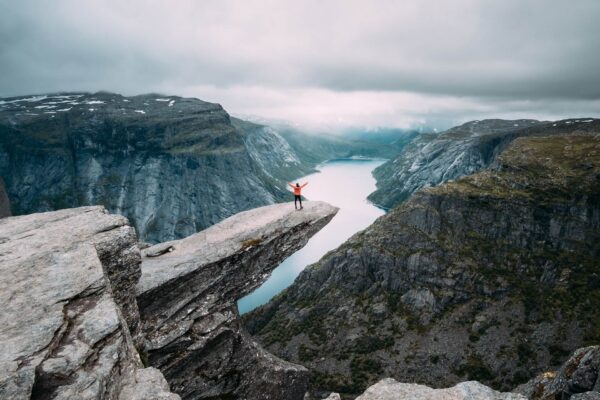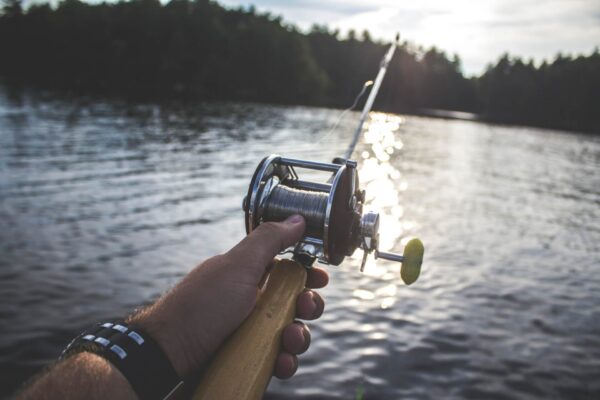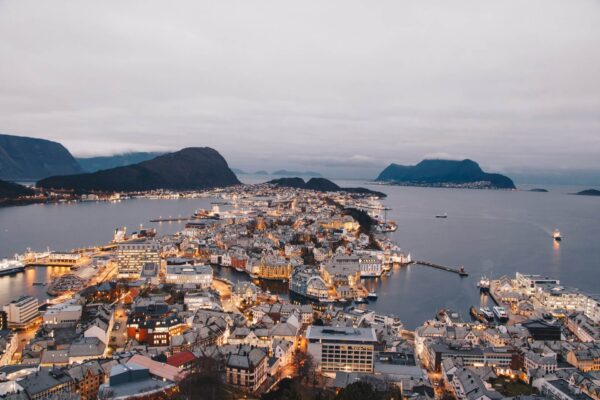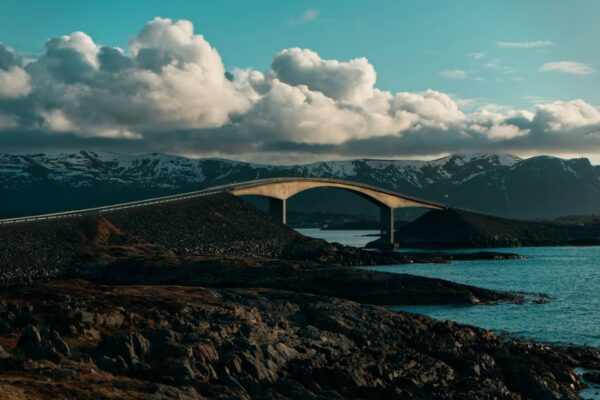The landscape of this Scandinavian country in the far north is more interesting and varied than almost any other: Between lakes and snow-capped mountains, the country is particularly famous for its deep blue fjords, which run through national parks with their many side arms and some of which are even UNESCO World Heritage Sites. If you love nature and fresh, clear air, Norway’s fjord region is the perfect destination for you. Find out here when the best time to travel is, how to get to the fjords and the best things to do in the region.
Norway’s fjords
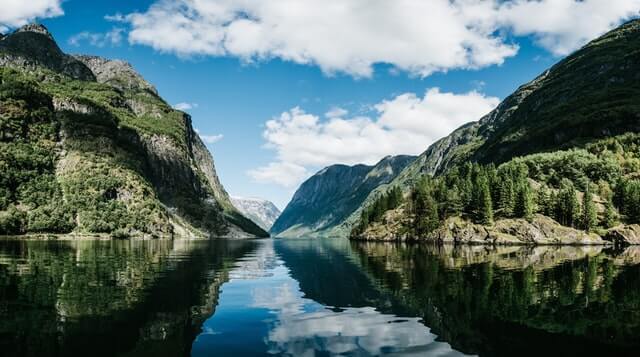
Fjords are a characteristic feature of the Norwegian landscape. They are extended arms of the sea and the result of several past ice ages. Moreover, most of them are interconnected. They appear very calm and in a shiny and deep blue colour, so that they almost look like lakes. The fjords are often surrounded by steep mountainsides and cliffs from which waterfalls cascade, making them appear even more majestic. In some cases, they lead from the sea into the interior of the country and along their course there are many small villages and settlements worth seeing as well as (partly abandoned) farms.
This makes the fjord region in western Norway, also known as “Fjordland” or “Fjord Norway“, an impressive natural area that is almost unspoilt and suitable for numerous activities. You are also following in the footsteps of the Vikings, who lived here. The word “fjord” also has its origins in the vocabulary of the Vikings.
The most famous fjords are the two UNESCO World Heritage-listed fjords, the Nærøyfjord and the Geirangerfjord, as well as the Lysefjord, the Hardangerfjord and the Sognefjord.
Travel planning for your fjord holiday
Destinations & Arrival
Before travelling to Fjord Norway, you should of course decide on your destination. There are many beautiful areas that are suitable for a relaxing but also adventurous nature holiday. The choice is therefore huge: there are over a thousand fjords in Norway, not all of which are even named.
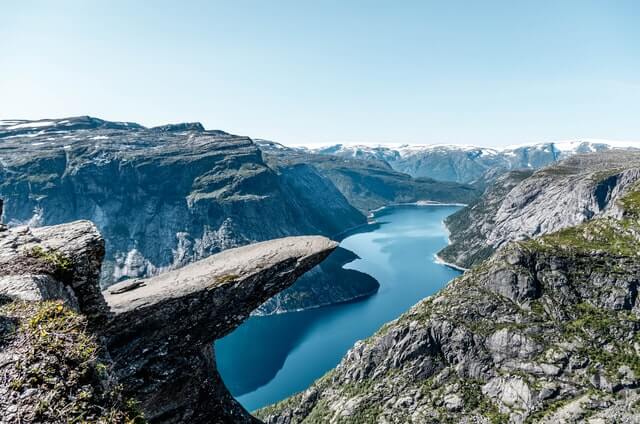
However, exploring the fjord can be combined with a trip to the nearest town or village. Further, there are numerous famous viewpoints along the fjords that can be climbed. These include Trolltunga on the Hardangerfjord, Preikestolen and Kjerag on the Lysefjord and the Geiranger Skywalk on the Geirangerfjord.
The “fjord town” of Bergen, for example, is a good starting point. As the second largest city in the country, it also has the second largest airport. From here you can reach the Sognefjord, the deepest and longest fjord in the country, and the Hardangerfjord, the second longest. The most flexible way of travelling is of course by car, although you should allow enough time for this.
Travelling time
Norway’s fjords are an experience in both summer and winter. The best time to travel depends entirely on what you want to see and experience. In summer, the fjord landscapes are a lush green and allow for numerous outdoor activities. In winter, on the other hand, the cliffs are snow-white and give an idea of the ice age that formed them. Travelling to the fjords in winter is also particularly quiet and relaxing, as most tourists arrive in summer. With a bit of luck, you can also see the northern lights and go skiing.
The Hardangerfjord is particularly recommended in spring, for example, as the numerous apple trees on the slopes of the fjord are in white blossom at this time. In autumn, the apples are ripe and can be tasted. Or you can try the delicious cider made from them in the Hardanger region.
Round trip through the fjord region
Cruise / Boat trip
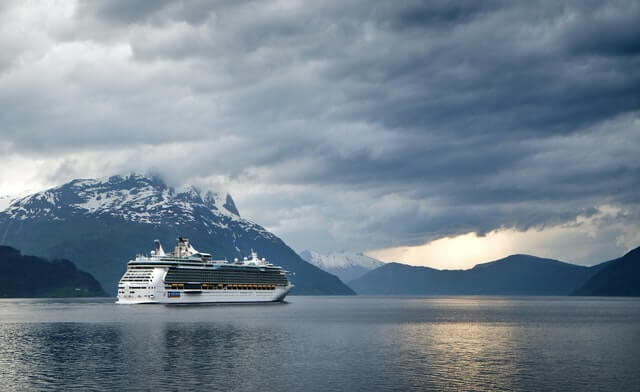
To discover the fjords, you can easily travel through them by ship. Boat trips or cruises at different times of the year are offered by different companies.
If you don’t want to go on an all-inclusive round trip and would instead like to see a particular fjord from the water, you can also book a fjord safari on site with an excursion boat or a RIB boat. There are often offers in combination with bus trips to the offshoot.
Car hire / road trip
Of course, travelling by car is a little more flexible. Either you have already travelled with your own vehicle or you can hire a car locally to make a comfortable road trip through Norway’s impressive fjord country.
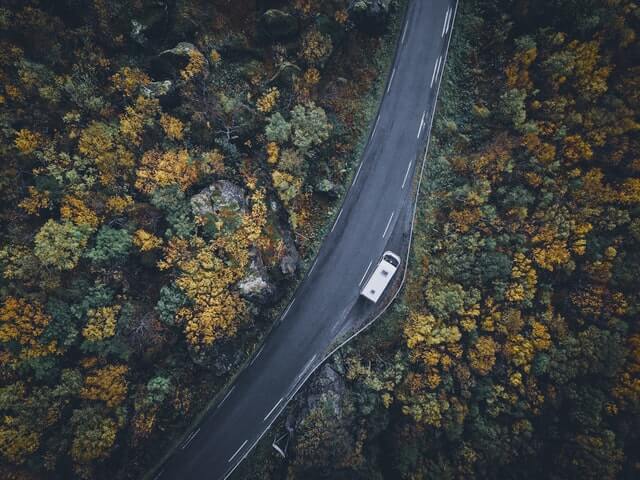
This is a practical way to drive to your personal highlights and combine exploring towns and places along the fjord. The route leads over many bridges and through numerous tunnels.
Railway
There are various railway lines in Norway that provide access to the fjords and are among the most beautiful in the world. The Bergen Railway connects Oslo and Bergen, the country’s two largest cities, and passes through several fjords along the way.
If you get off at the highest point on the line, Myrdal station, you can change to the famous Flåm Railway. The one-hour journey takes you steeply downhill to the village of Flåm at the end of the Aurlandsfjord, past mountains, waterfalls and gorges. The route is very impressive in summer, but also in winter, and offers spectacular views.
Living by the fjord
If you can’t get enough of fjords, it’s best to spend the night on one or at least nearby. A cosy Scandi-style holiday home is ideal for this. Equipped with a large terrace, you can enjoy the view of the water particularly well in summer.
In Norway, there are many fishing holiday homes that have their own boat and special fishing equipment. If you want to be even closer to nature, you can camp on site. Wild camping is also permitted in Norway and the close proximity to the fjord makes it possible.
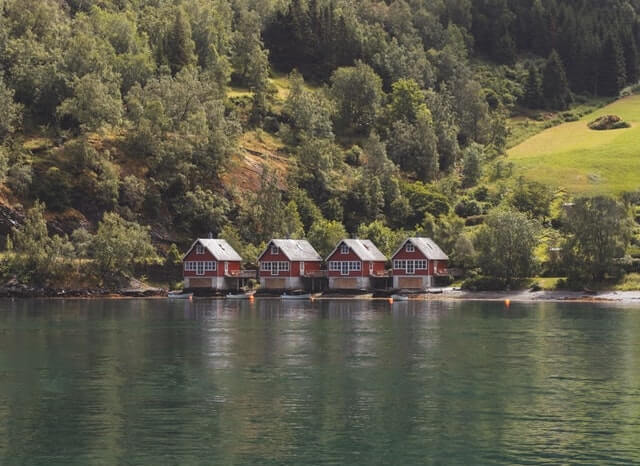
Activities by the fjord
Hiking & Climbing
Last but not least, the fjords are the starting point for numerous outdoor activities. Hikes through the mountains, through the fjord villages and to the individual viewpoints above the fjords are particularly popular. There are guided tours with insider tips for particularly great panoramic views and also special hiking trails ranging from easy to challenging. In winter, you can hike on snowshoes or go on a guided glacier tour.
If you would like even more adventure, you can go rock climbing on the cliffs above the fjords, which has a long tradition. There are various via ferratas on the Hardangerfjord, for example.
Canoe & Kayak
Canoe and kayak tours are the perfect way to explore the fjord up close. Courses for beginners and advanced paddlers as well as guided tours are offered in summer and winter. You can even paddle from island to island or follow the current to the sea.
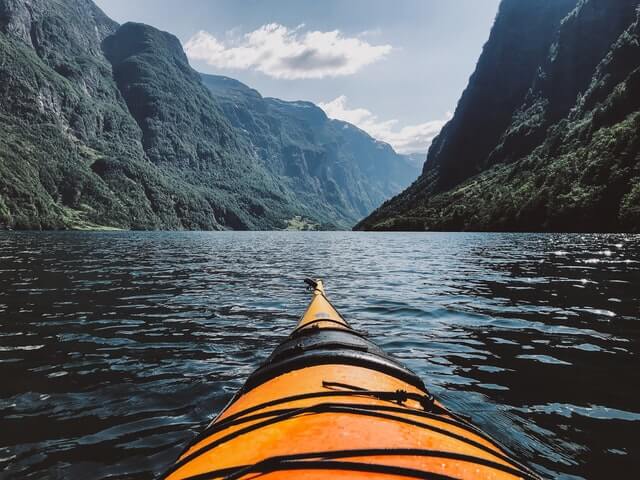
For outdoor fans, there are multi-day kayak trips on the fjords, where you can camp and cook outdoors.
Fishing
Fishing has a long tradition in Norway, not least due to the fjords. There are not only numerous fishing villages and fishing lodges to rent, but travellers are also offered fishing trips by boat with the appropriate equipment. Of course, the best fishing spots are visited.
Skiing
Winter sports enthusiasts gather in Fjord Norway for skiing, snowboarding and cross-country skiing, which has a long tradition in Norway and is therefore popular with tourists and locals alike. There are even natural summer ski areas here, as there is enough snow on the glaciers all year round. This means you can enjoy the view of the fjord as you ski downhill.
At the same time, many of the most popular ski resorts are close to larger towns, so a mix of skiing holidays, city sightseeing and fjord tours is no problem.
